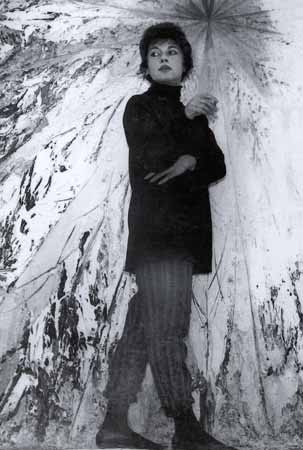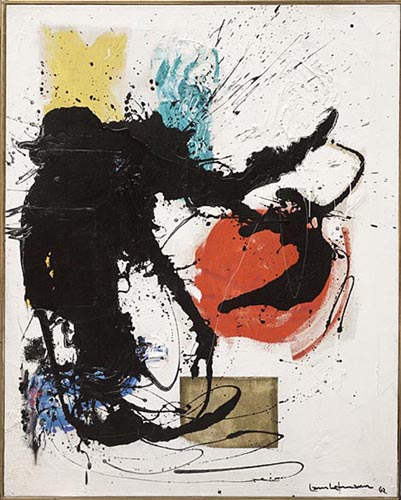by Jenny L
Set on a “brilliantly fine” day, readers witness the isolation of Miss Brill from her society as she struggles to play a recognizable role in it, despite a seemingly inviting environment. Katherine Mansfield’s short story of an old lady, Miss Brill, characterizes the feeling of isolation and rejection from society. Mansfield employs the use of a stream of consciousness point of view in order to exemplify the brutality of being in isolation and alienation through a relatable Miss Brill as she is confined to her own thoughts and secluded from any outside interactions. Told in such a point of view, Mansfield enhances the feelings of seclusion by allowing readers to only see, feel and hear through the thoughts of a lonely woman.
As Mansfield leads readers on a journey though the thoughts of the aged Miss Brill, her struggles to separate herself from brutal reality and a self deceiving idealism, is evident. In her evasion, she lives in her own thoughts where she shields herself from the harshness of her disconnection from society. Through her detailed recollections of the visitors in the park, her keen attention to the couples that appear, and the capacity in which her imagination takes in order to create company for her misery, it is seen that the feeling of being alone is so powerfully upsetting, that one must struggle to avoid it. Throughout the short story Miss Brill shares no physical dialogue with any of the appearing characters despite the numerous people that walks past. Miss Brill’s monologue continues as she deceives herself into believing “how fascinating it was” and “how she enjoyed it” while in reality, her loneliness is manifesting within herself. Through the use of a stream of consciousness narrative, Mansfield is able to allow readers to pry into the private thoughts of a suffering yet, proud old woman who refuses to accept her solitary state. She refuses to be defeated, and in her resistance she leads herself to self deception.
However, despite being in a “play” that “even she had a part [that] came every Sunday” the performance nonetheless must come to an end. With an “old couple”, “two young girls in red” and “two young soldiers in blue” Miss Brill cannot escape reality as she is forced to face the fact that she is alone. She, among all the “twos” and the “couples”, sits on the bench, behind a mask of thoughts struggling to blind herself from the truth. She wants to be included, play a part, be someone but it is only within her thoughts that she is. The way in which she wants reality to be is, unfortunately not her reality. Although Mansfield places Miss Brill in a fall setting “with a number of people out” and a “band [that] sounded louder and gayer”, where possibilities seem ever present, she never fully allows her to break out of her isolation and interact with others. The confinement to her thoughts disallows her any opportunity of communications with others. It is through this stream of Miss Brill’s thoughts that readers are able to truly emphasize with her and understand the cruelty of living in such a crowded world and yet feel so alone. In many ways, the point of view of Mansfield short story is to help place emphasis on one’s separation from society and the consequences its victims must face. Though the cause of Miss Brill’s loneliness is not revealed through her thoughts, she does expose that “yes, [she has] been an actress for a long time” and in that period she has been in denial of being just like the people who all appear to be “odd, silent, nearly all old, and from the way they’d stared they look as thought they’d just come from dark little rooms or even—even cupboards.” Her thoughts, no matter how much they try to deflect reality, is interrupted as a young couple, ironically deemed as “the hero and heroine”, brings her daydream to a halt. They insensitively push her back into her “cupboard”, asking “Why doesn’t she keep her silly old mug at home?”
As Mansfield’s short story of an old woman’s struggle to stay within the acceptance and inclusion of society comes to an end, it is evident that Miss Brill’s stream of thoughts which helps her to create that fantasy must come to an end as well. In the flow of ideas, one after another, in which she pretends to live a life in which she is not alone, in which she is with the old couple sitting on the bench, or the band playing lively music, it is evident that Miss Brill holds hopes of finding companionship. However this false allusion to reality is destroyed as her thoughts come to a halt. Miss Brill realizes that she is in fact alone. Mansfield captures the feeling of loneliness through Miss Brill, creating a character that expresses a feeling that everyone experiences and is able to use a point of view that constantly hints at the impact of such a feeling as it leaves one with constant thoughts of how to evade such a terrible fate.















